By Bob Reed
It’s tough to see in the picture below, but there’s cotton planted in the field. It’s surrounded by grass and weeds.
After this field was planted, a herbicide application would normally have been applied to control grasses and weeds.
But farmers have absolutely no control over the most important ingredient that goes into growing a crop—weather.
This spring, it began to rain quite a bit in our part of the state, and temperatures were cooler than normal. Those conditions stressed the cotton plants to the point that a herbicide application would have only caused more stress.
So, in the best interest of the cotton plants, you just grab hold, hang on and wait. That’s thanks to biotechnology.
Before genetically modified crops, a field in a condition like the photo above would have been tilled, and I would’ve had to plant the crop again.
Because of GMOs, it’s possible to place genes in these cotton plants which enables them to tolerate herbicides that destroy unwanted plants while leaving the cotton plant unharmed. That means I can spray the cotton without any danger to the plant or myself.
GMOs help farmers like myself have access to seeds that are drought-tolerant, resistant to insects and resistant to plant diseases, which helps them produce higher yields.
As farmland continues to be gobbled up by expanding cities and as our population continues to grow, it becomes imperative that every acre of farmland produce at maximum yields.
I realize there are folks who believe GMOs are evil and harmful. Personally, I think misinformation led people there.
Farmers have been modifying genes since the inception of cross breeding and cross pollinating. Scientists and farmers understood that this process produced traits in plants that they were looking for—taller plants, shorter plants, more fruitful plants, etc.
The process works, but it can take many generations, which means many years to produce that desired result.
In simple terms, scientists have found a way to help the process along by isolating desired genes and using their labs to place them in plants to reach desired results in a much shorter time frame.
I applied an herbicide application to the field when the conditions were right. It cleaned up the field, giving the cotton plants room to grow and flourish.
Eight days after the application, my field looked like the photo below.
The unwanted grasses and weeds have been killed, but the cotton remains. And it’ll soon be our T-shirts, blue jeans, socks, towels, cottonseed oil and more. See how that happens in this Transformation Tuesday blog post.
Have questions about what I do on the farm? Ask them below or join the conversation on Facebook.
Bob Reed and his wife, Debbie, grow rice and cotton in Matagorda County. They have also grown corn and sorghum in the past.

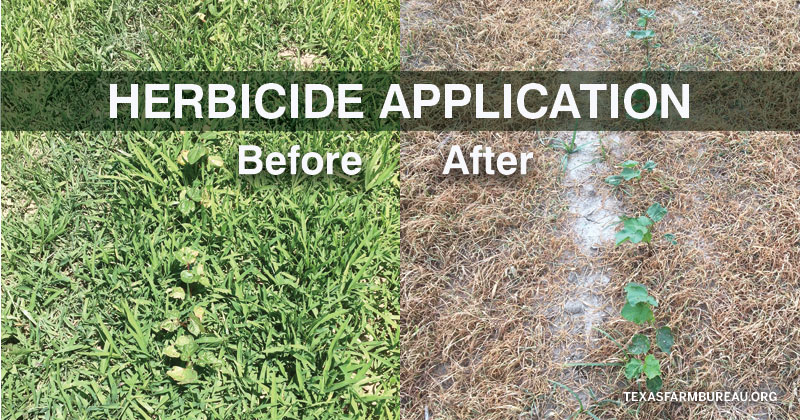
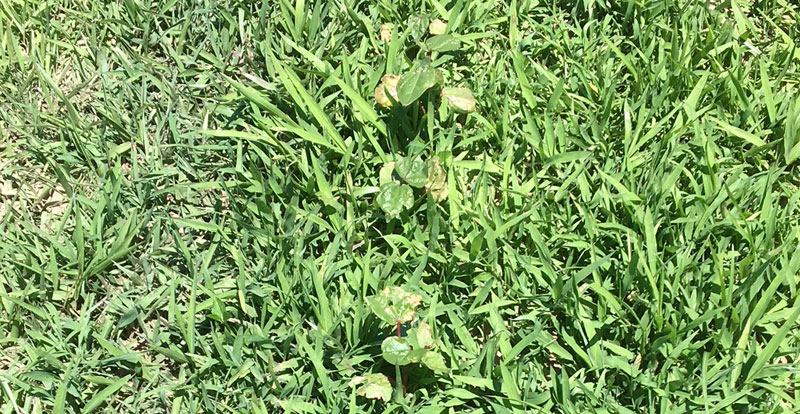
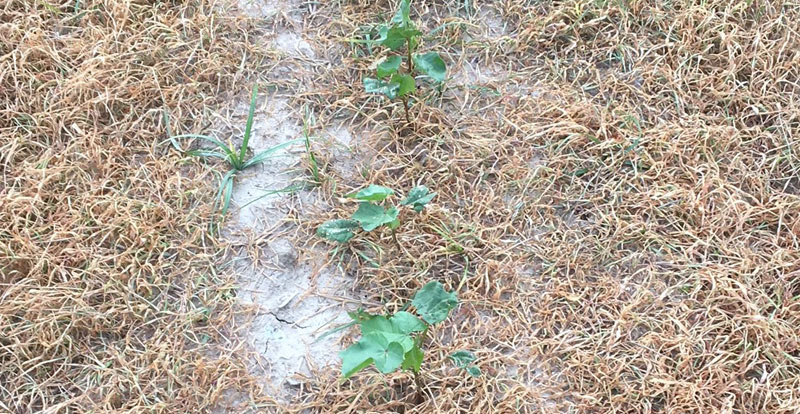
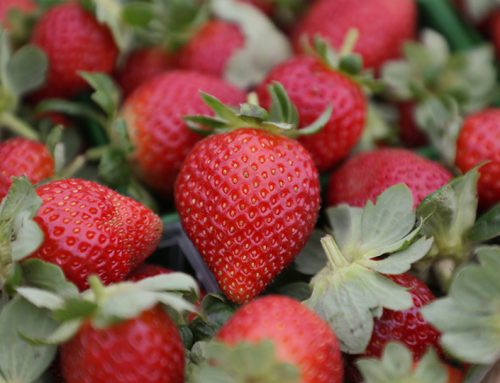
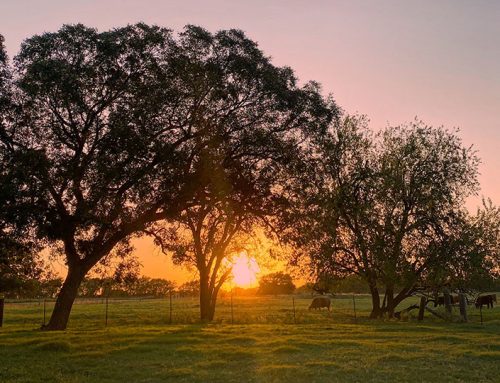
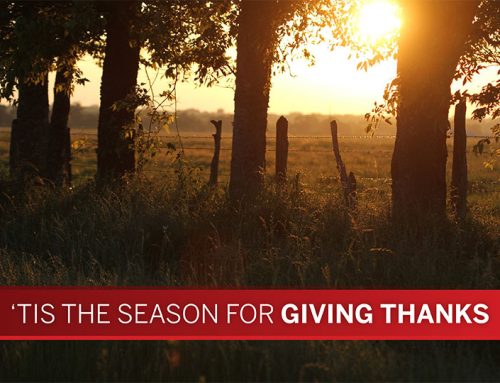
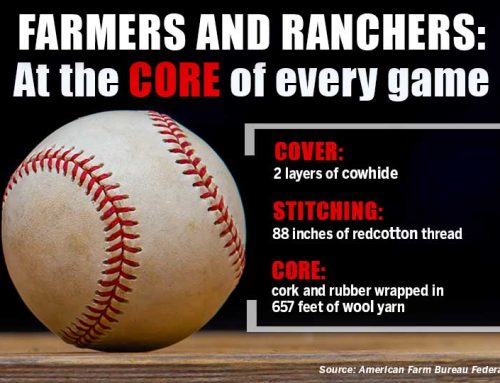
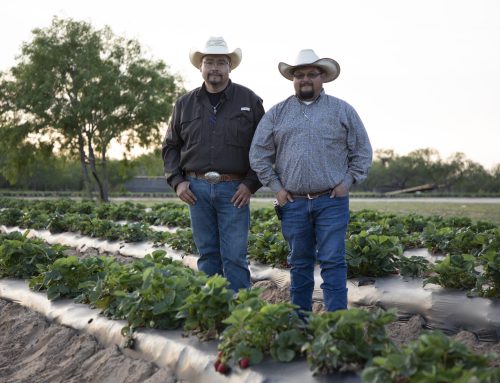
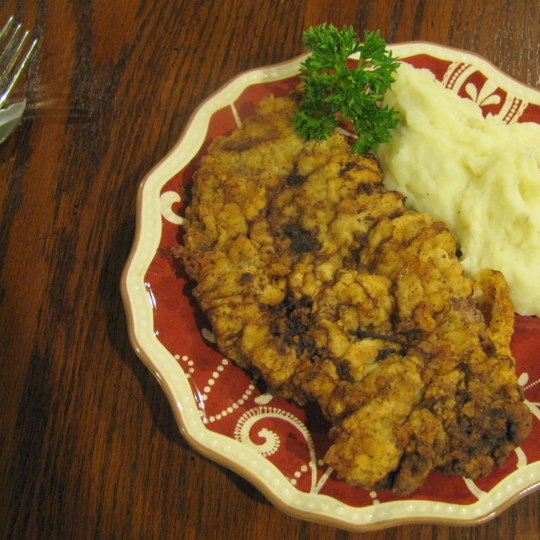
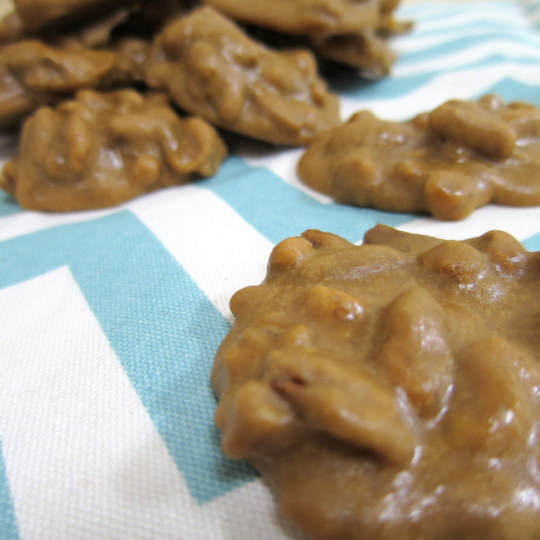


Leave A Comment